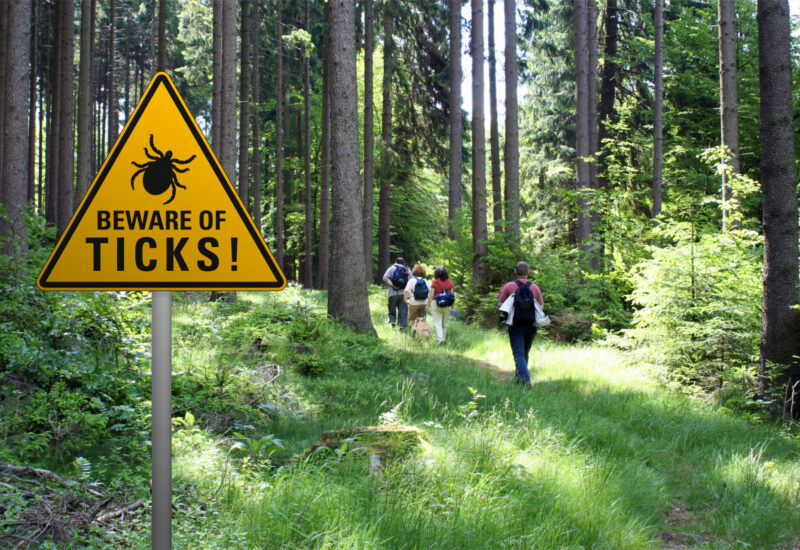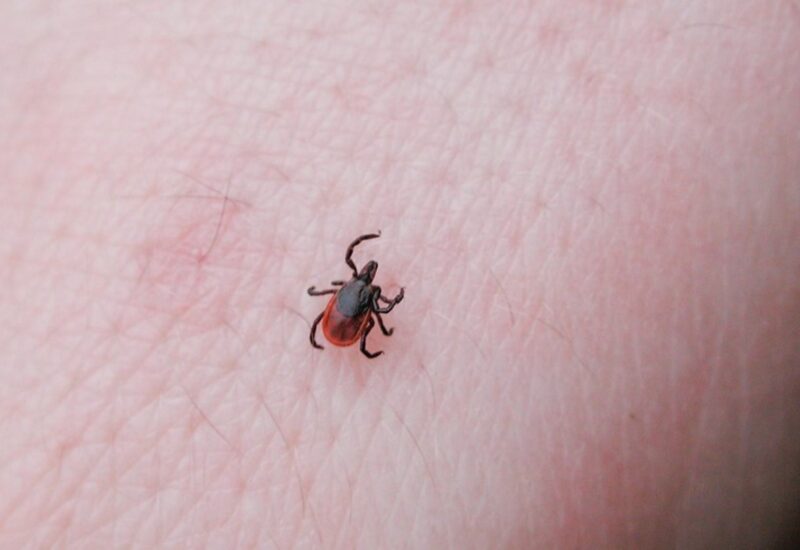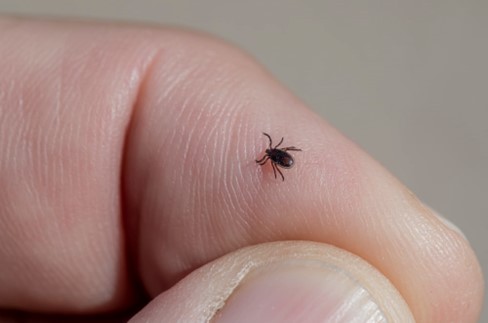Lyme Disease Infections Increasing in Massachusetts & New England
Number of Lyme Disease Cases Continues to Increase Throughout New England & Massachusetts
The most common tick-borne disease in the United States is Lyme disease, and it’s not even close.
Since as recent as 2012, numbers have increased at an alarming rate. According to the Centers for Disease Control and Prevention, Massachusetts had the third-highest infection rate of Lyme throughout 2014. And in 2015, Lyme was the sixth most common Nationally Notifiable disease in a country where the majority of the tick population can be found in the Northeast.
Lyme disease can be contracted at any time of the year — despite temperatures dropping below freezing during the winter months — because ticks can be found all across the state of Massachusetts during all four seasons. For these reasons, Lyme is a huge threat to the people that live in Massachusetts.
Strangely enough, Lyme disease was not only first discovered on Cape Cod and the surrounding islands, but it continues to have the highest rate of infected residents among all other regions of Massachusetts. A Massachusetts-based public health veterinarian even told the Boston Globe that the Cape and the islands are a hot spot for all tick-borne diseases like Lyme and the more-lethal Powassan, and that these islands have “been experiencing increasing rates of the diseases since the 1980s.”
Basics of Lyme disease
Lyme disease, although pronounced the same as “lime,” is not the sour fruit it sounds like. The disease is caused by germs that are spread by deer ticks carrying the virus.
These ticks must be attached to their victim for at least 24 hours before they can spread the disease to their host. Once contracted, there is no cure for Lyme disease, but treatment can help with some of the symptoms that occur.
A rash around the area where the tick bite occurred, fever, stiff neck, headache, sore and aching joints, exhaustion, and swollen glands are all symptoms of Lyme disease. Treatment early on in the development of the disease could help future symptoms from becoming more of a problem or worse.
The late stages of the disease, if not treated, are arthritis in joints (which, over time, can become chronic and spread from one part of the body to another), problems with the heart, nervous system complications, meningitis, facial drooping or weakness, and pain in the feet and hands are all long-term effects of Lyme disease.
Prevention of Lyme Disease
To prevent Lyme disease a few steps must be taken:
-
Use DEET. It is an effective way to repel ticks from attaching or biting the skin. 30% Deet or less should only be used on children two months or older.
-
When in the woods wear clothes that cover skins as well as tucked into your socks or shoes to keep ticks out.
-
Always check yourself thoroughly once indoors. Check behind knees, armpits, hairline, neck, and groin area are all areas where ticks look to embed and cause problems
How to Prevent Tick Bites & Tick-borne Viruses
Avoid direct contact with ticks by:
-
Using caution in wooded and high-grass areas.
-
Staying in the center of nature trails.
-
Using screens on windows, doors, porches, and patios.
Protect your skin and clothing by:
-
Using repellent containing 20 percent or more DEET, picaridin, or IR3535.
-
Using clothing containing permethrin that remains protective after washing.
-
Wear light-colored long-sleeved shirts and long pants.
To check for and remove ticks from your body:
-
Do full-body tick checks daily.
-
Examine your clothing, as well as pets, to be sure you are tick-free.
-
Dry your clothes for 10 minutes after coming inside to kill ticks left on your clothing.
Locate and remove any and all standing water near your home by:
-
Draining garbage cans, gutters, buckets, pool covers, flower pots, etc.
-
Throwing away old tires, bottles, cans, pots, and pans.
-
Emptying and cleaning birdbaths and pet water bowls every week.
Maintaining pool areas and emptying plastic pools when not in use.






